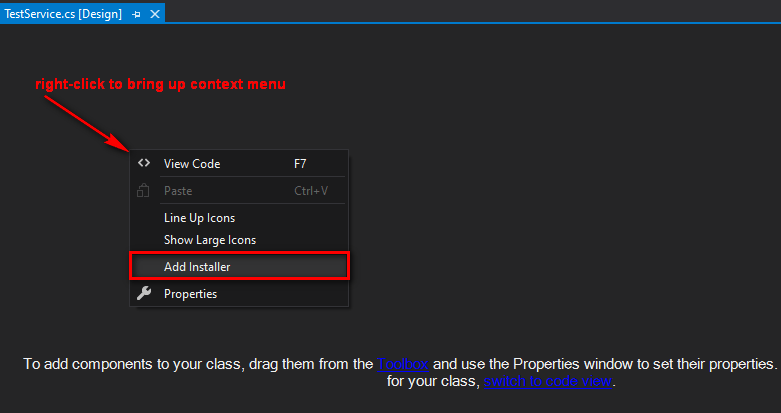

- #WMIC UNINSTALL BATCH FILE INSTALL#
- #WMIC UNINSTALL BATCH FILE UPDATE#
- #WMIC UNINSTALL BATCH FILE WINDOWS 7#
#WMIC UNINSTALL BATCH FILE UPDATE#
Sudo launchctl unload /Library/LaunchDaemons/ sudo chflags noschg /Applications/Code42.app sudo chmod -R 755 "/Library/Application Support/CrashPlan/" WMIC /NODE:It gets tricky when you try to automate that process though. If you already know ahead of time what you will be uninstalling, it should be easy enough to just put that in your batch file. Enter the administrator password for the computer and press Return. This contains the command to execute to uninstall the program.


#WMIC UNINSTALL BATCH FILE WINDOWS 7#
For example, if we want to uninstall the Skype Meetings App, we would type this command: product where name="Skype Meetings App" call uninstall Windows 7 Thread, Running 3 wmic commands from bat file. Just replace program name with the name of the program you want to install. You can uninstall the program by running this command: product where name="program name" call uninstall To do so, prepend them with “ wmic.” For example, “ wmic product get name” works the same as running “ wmic,” and then “ product get name.“įind the name of the program you want to uninstall from the list. For the Creo Agent, in Creo 3, we used the WMIC protocols to uninstall it. Each application was uninstalled separately for better support and flexibility with options.
#WMIC UNINSTALL BATCH FILE INSTALL#
Type the following command to get the list: product get name Tip: You can also run wmic commands directly from the standard command line, without running “ wmic” and entering the WMIC prompt first. For Creo 3, our company batch file would uninstall each application one at a time, before doing an install for a new datecode. Next, you’ll want a list of the programs installed on your computer. Getting this list is essential because you must provide an accurate product name to successfully execute the uninstall command. This means you can now use Windows Management Instrumentation (WMI) operations. I am trying to do the first step using WMIC, and it works in all of my testing on my test machine when I am logged in, as well as the testing user. You’ll now see the wmic:root\cli> prompt in the console. Any WMIC gurus out there I've got a Windows batch file that is designed to remove one IM client (Cisco Unified Personal Communicator) and install another.


 0 kommentar(er)
0 kommentar(er)
